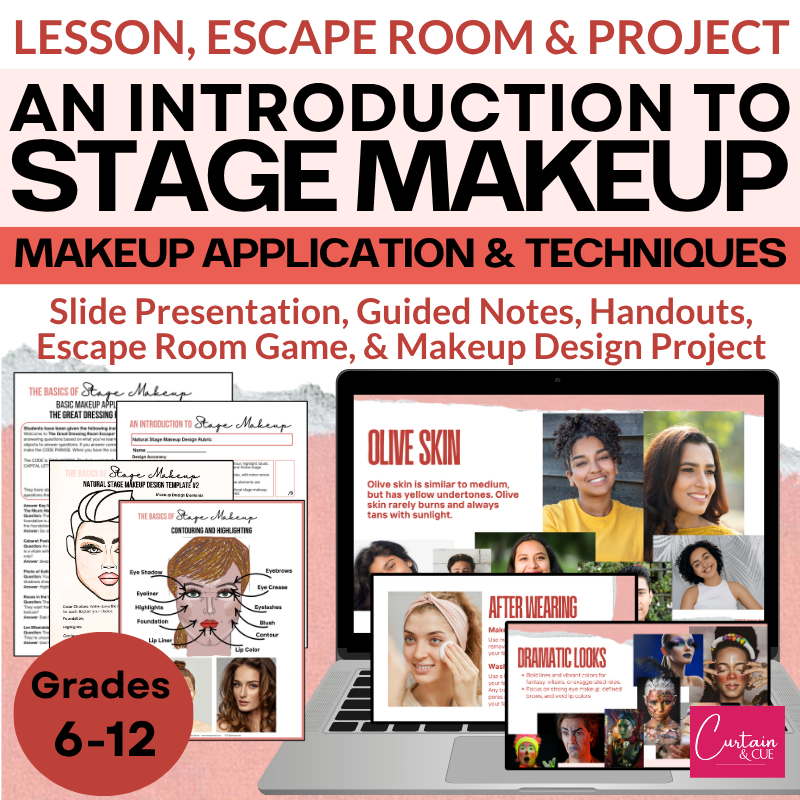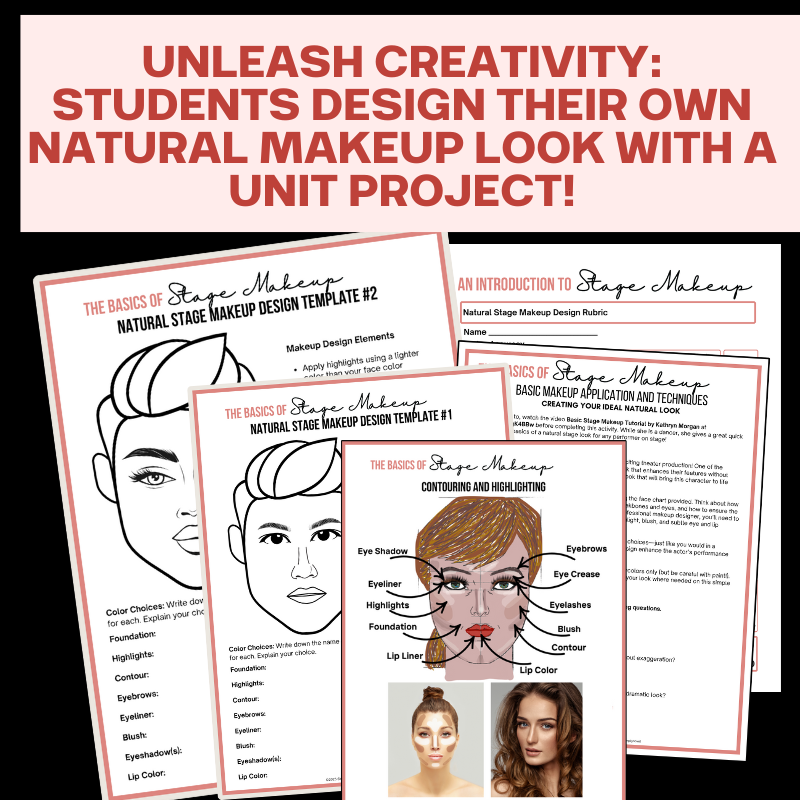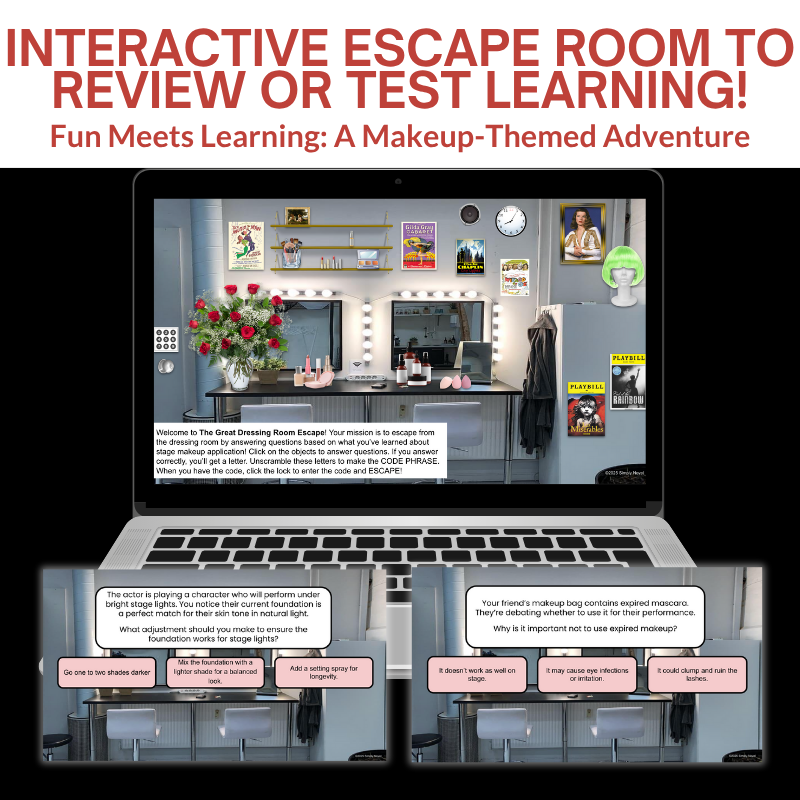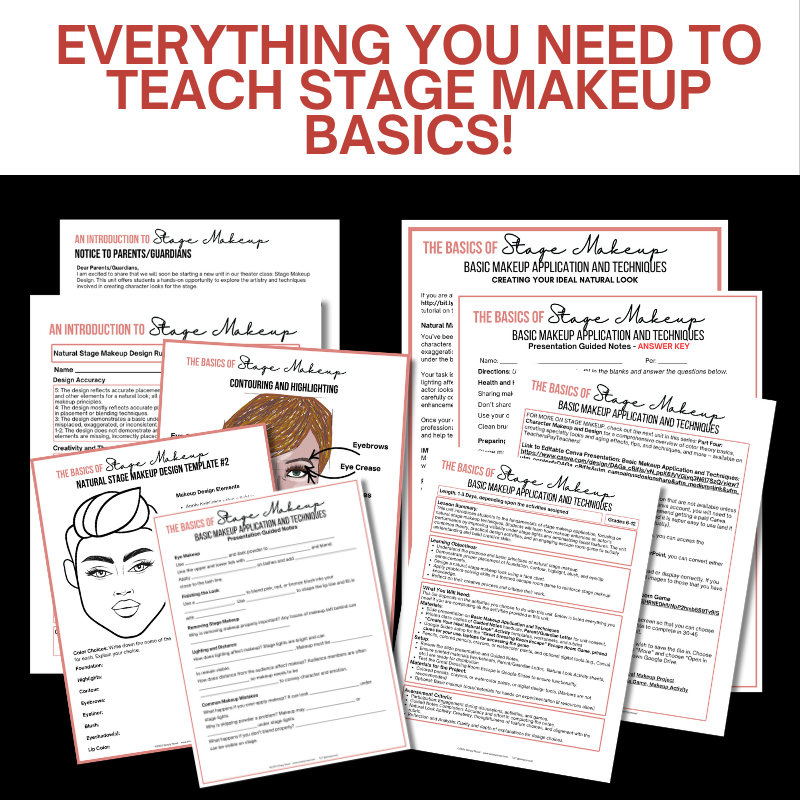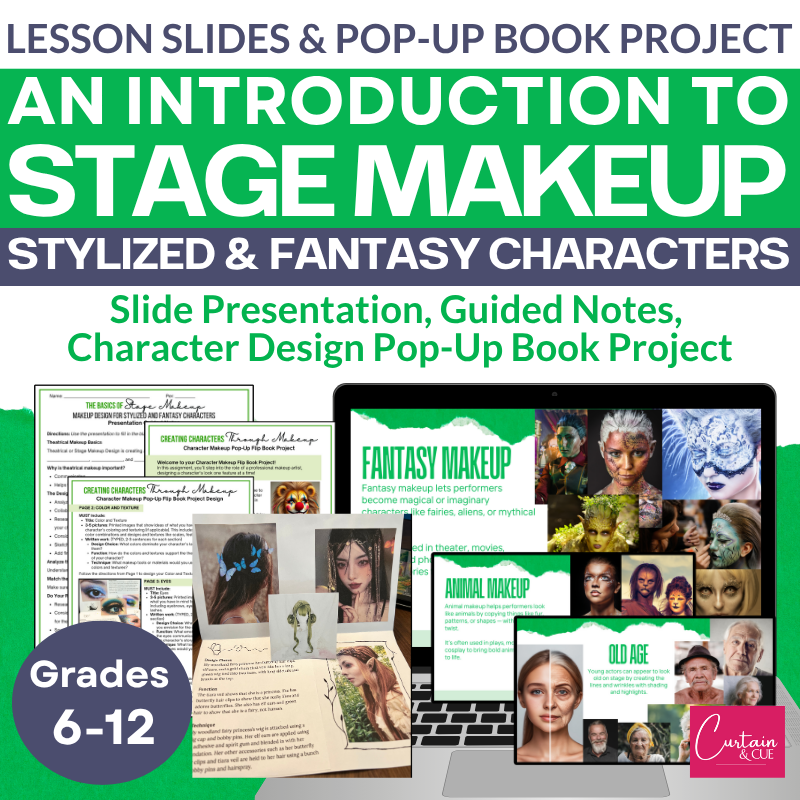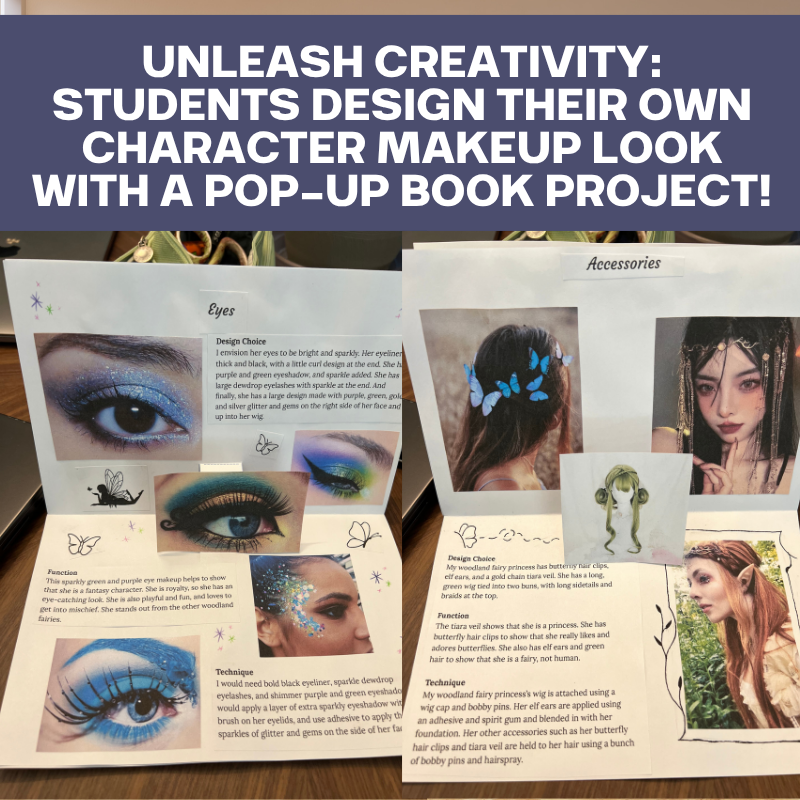 Image 1 of 5
Image 1 of 5

 Image 2 of 5
Image 2 of 5

 Image 3 of 5
Image 3 of 5

 Image 4 of 5
Image 4 of 5

 Image 5 of 5
Image 5 of 5






Monologues, Soliloquies, and Asides Lesson with Notes and Activities | Grades 4–6 Drama
"Wait... Is that a Monologue, Soliloquy, or an Aside?" Your students will know the difference—and love learning it. This ready-to-use drama lesson for Grades 4–6 includes everything you need to introduce students to these foundational theater terms in a fun, accessible, and engaging way.
Perfect for drama class, language arts integration, or substitute plans, this flexible resource features an interactive slide presentation, guided student notes, a 5-question quiz, and a creative color-by-answer activity that reinforces learning through art.
Whether your students are brand-new to theater or just beginning to explore acting or dramatic expression, this lesson will help them understand the purpose of a monologue, how soliloquies reveal character thoughts, and how asides speak directly to the audience.
"Wait... Is that a Monologue, Soliloquy, or an Aside?" Your students will know the difference—and love learning it. This ready-to-use drama lesson for Grades 4–6 includes everything you need to introduce students to these foundational theater terms in a fun, accessible, and engaging way.
Perfect for drama class, language arts integration, or substitute plans, this flexible resource features an interactive slide presentation, guided student notes, a 5-question quiz, and a creative color-by-answer activity that reinforces learning through art.
Whether your students are brand-new to theater or just beginning to explore acting or dramatic expression, this lesson will help them understand the purpose of a monologue, how soliloquies reveal character thoughts, and how asides speak directly to the audience.
Who It’s For:
Grades 4–6 or Drama Clubs
Drama teachers, ELA teachers, or substitute teachers
Anyone looking for a clear, engaging way to teach dramatic speech and theater vocabulary
Why Teachers Love It:
No theater background needed – perfect for general ed or first-time drama teachers
Flexible format – use as a single lesson or a 2-day mini unit
Creative, visual, and interactive – keeps students engaged while reinforcing key concepts
Adaptable for all learners – built-in support for ELL and Special Education students
What’s Included:
22-slide presentation introducing monologues, soliloquies, and asides
Teacher script with slide-by-slide guidance—great for subs or non-theater teachers
Fill-in-the-blank student notes with slide thumbnails
Guided notes version for more independent learners
Color-by-Answer activity that doubles as a matching worksheet (Is it a monologue, soliloquy, or an aside?)
5-question quiz/exit ticket with answer key
Teacher guide with lesson summary, pacing guide, extension ideas, and ELL/Special Ed adaptations
Linked video examples of popular, well-known monologues
Why Your Students Will Love It:
Color-by-answer activity makes review feel like a game
Real theater and movie example videos bring the terms to life
Interactive notes help them follow along without getting lost
Clear explanations and fun examples make tricky terms easy to understand
Opportunities to share, speak, or even perform (if you want to go further!)
Learning Objectives:
Students Will:
Define and identify a monologue, soliloquy, and aside
Explain the difference between each type of dramatic speech
Recognize the purpose of a monologue in theater and storytelling
Engage with examples through listening, discussion, and creative expression
Apply learning by completing a written or visual review activity
Estimated Time:
1 class period (30-45 mins) with flexibility to extend or adapt with activities and/or quiz/exit ticket















